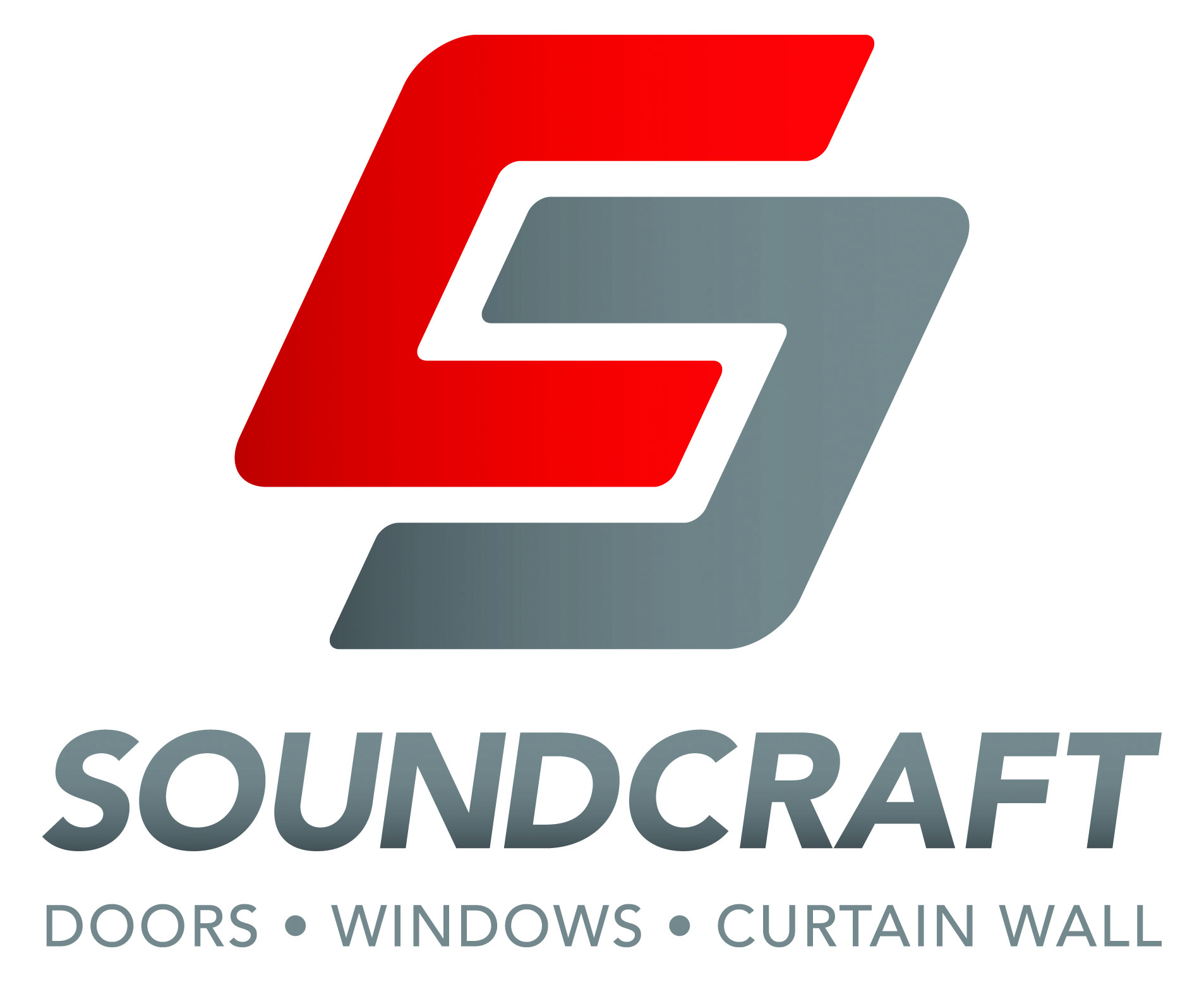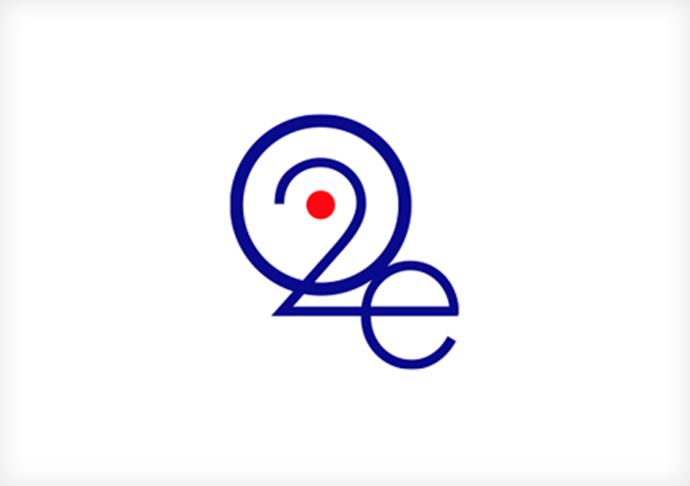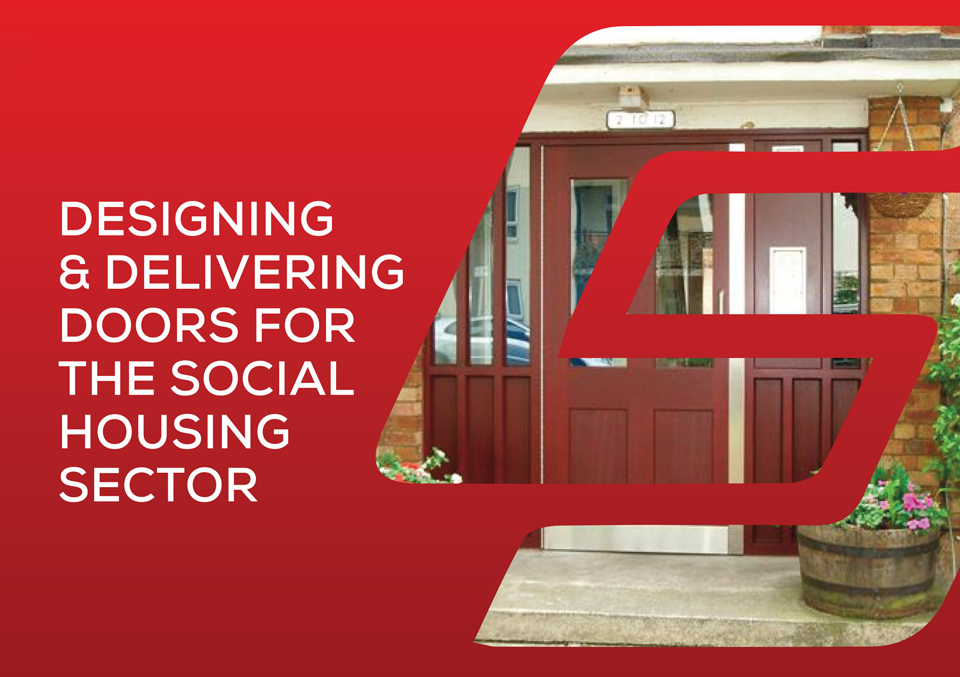Navigating through the often complex maze of Building Regulations can be a major challenge for specifiers, but working with a specialist like Soundcraft can help take your project in the right direction.
Following the introduction of the first Building Regulations back in 1965, incidentally just three years after Soundcraft was established, there have been many different factors to consider throughout the specification and installation of building materials. With the need to choose products and systems that perform as well as they look, are both cost effective and environmentally efficient, and make a positive contribution to the building’s safety, security and accessibility, supply chain collaboration between product manufactures and specifiers is essential.
With this is mind, we have developed an extensive product offering and a number of technical resources to help support our specification clients in achieving compliance with the key regulations relating to doors, windows and curtain walling.
Minimising heat loss
All buildings lose heat through doors and windows and the need to minimise this to conserve fuel and power is one of the many requirements outlined in Approved Document L of the Building Regulations.
Different products provide different U-value ratings but aluminium systems remain a popular choice in the commercial sector thanks to their enhanced thermal performance and high durability which allows significant energy-savings to be translated into tangible cost benefits by reducing heating costs. Although the exact requirements of Part L can vary depending on the type of building in question, our extensive range of aluminium windows, doors and curtain walling allows us to recommend the best system to meet the individual requirements of a contract, taking into account thermal performance as well as aesthetics and costs.
Further choice is also available thanks to our range of timber aluminium Hybrid windows, doors and curtain walling systems. Combining the durability of aluminium on the exterior of the frame with sustainably sourced and highly efficient timber internally, our Hybrid systems are ideally suited for housing projects that require a more domestic aesthetic.
Access for all
Introduced in 2010 to replace the now obsolete Disability Discrimination Act, Approved Document M of the Building Regulations relates to accessibility and in particular, how easily people can use buildings and their facilities. A key part of achieving compliance with Part M is through the considered specification of both internal and external doors, and the requirements cover a range of issues such as door measurements, opening direction, approach routes, vision panels, closing force and thresholds.
With a proven track record of manufacturing and installing a variety of door solutions across the sectors, we have extensive experience of working with end-clients, architects and main contractors to offer a holistic approach to creating truly accessible buildings. To assist the specification process even further, we have put together an easy to use guide to Specifying doors to meet Approved Document M of the Building Regulations.
Secure solutions
Security has been a main focus on the specification of doors and windows since Approved Document Q of the Building Regulations was introduced in 2015. Designed to ensure the prevention of unauthorised access into a dwelling, the requirements usually only relate to easily accessible doors and windows but it is worth noting that Part Q is also now a prerequisite of Secured By Design (SBD) – the official police security initiative that was first established in 1989 and which offers a far more encompassing design code. Part Q also requires that all doorsets and windows meet the PAS 24 standard, which sets out the minimum requirements and acceptable test criteria for proving products are able to resist attack from opportunistic crime.
Not only do we have the technical expertise to be able to help specifiers meet the various security requirements demanded by modern buildings but our extensive range of Part Q, PAS 24 and SBD compliant doors and windows also provide important design flexibility. Again, we strive to provide specification support as well as product solutions and we have a useful resource that answers some of the most common questions relating to Specifying Secured By Design (SBD) doorsets and windows.
Safety first
Approved Document B of the Building Regulations looks at fire safety in residential homes, including new and existing dwellings, flats, residential accommodation, schools, colleges and offices. Following the Grenfell tragedy the current building regulations have come under scrutiny and fire safety has quite rightly been an important topic of discussion and debate.
Over the years, we have gained significant experience of providing specifiers with reliable solutions for improving fire safety standards and our technical expertise in this area is a key reason why many housing associations and local authorities choose to work with us. From looking at the refurbishment of existing housing stock to the effective design of new residential schemes, delivering solutions for individual properties or creating adequate compartmentalisation in communal areas, our product range includes fire doors, doorsets and screens. To ensure full compliance with the building regulations, our products and their subsequent manufacture and installation are also all tested in accordance with the standards set by the Exova BM Trada 3rd Party Certification Scheme. For more information, specifiers can download our new Guide to Fire Door Performance.
To find out more about how Soundcraft can assist you with your next project, please call our UK technical and sales helpline on 0800 988 1875, email technical-sales@soundcraft-doors.co.uk or request a call back.





